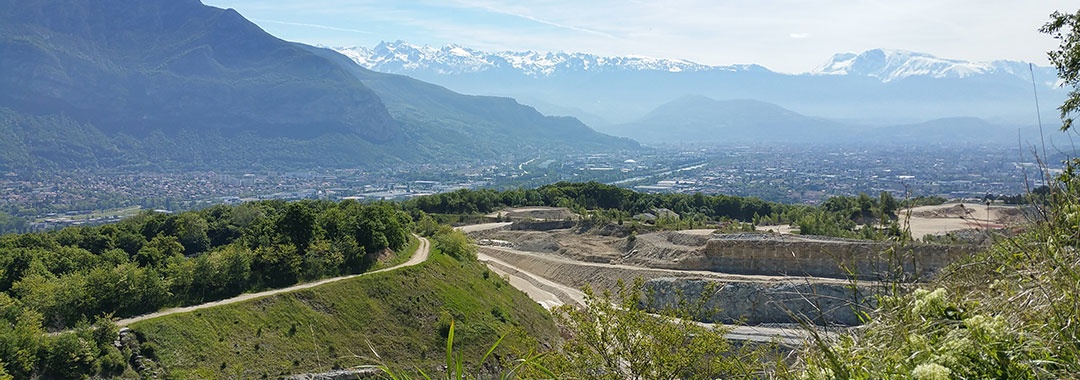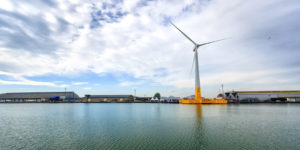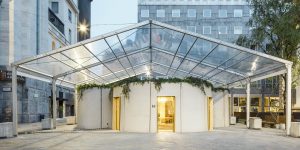Quarrying is the first and vital step in cement production and limiting the environmental impacts of this process is an industry priority.
Enabling companies to gain access to raw resources such as limestone and clay, quarrying is the foundation of an industry crucial to everything; from the homes we live in, to major public infrastructure projects.
While quarrying is often viewed as having a damaging effect on the environment, if managed in a responsible way it can actually open up new opportunities for nature to develop.
This is why the cement industry is at the forefront of quarry rehabilitation, breathing life back into affected areas and enabling new habitats to flourish after or even during extraction.
SECIL-Outão plant
One of Portugal’s largest cement plants is SECIL-Outão. Established in 1904, it has an exploitation area of around 99 hectares and an annual cement production capacity of around two million tonnes.
Unique to SECIL-Outão is its location: within the Arrábida Natural Park and Natura 2000 site, the latter of which is a network of core breeding and resting sites for rare and threatened species.
Arrábida was created in 1976 – decades after the Outão plant was first established – but, following quarrying activity, was left with severe changes in topography and hydrology, instability and soil erosion, dust pollution and an unpleasant visual impact.
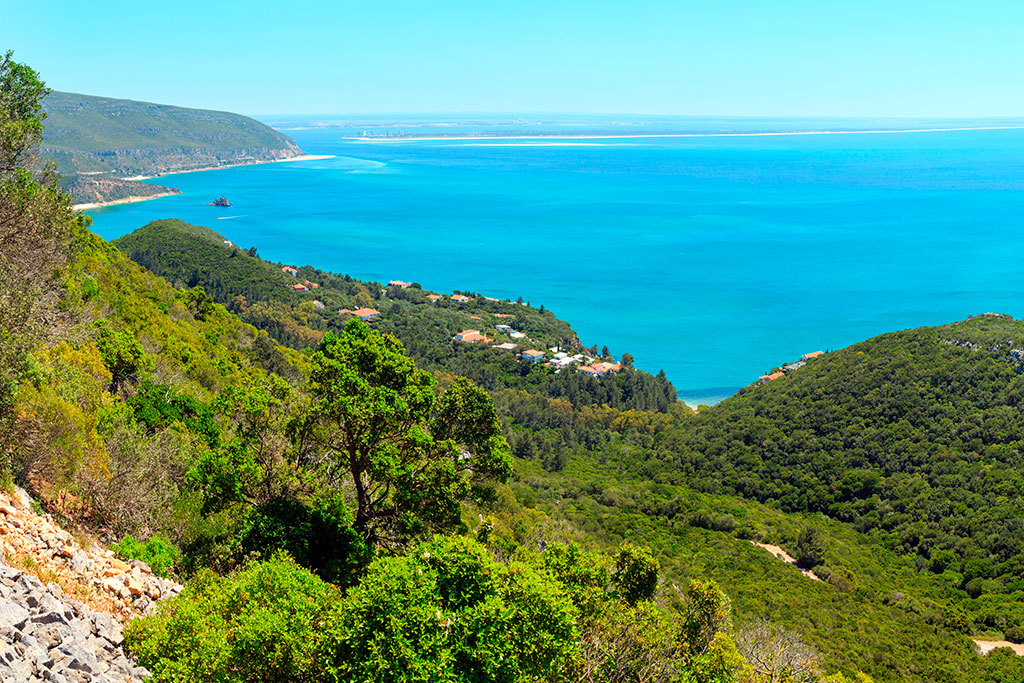
(Photo via iStock) The SECIL-Outão site is located in Portugal's Arrábida Natural Park
To add to its woes, the local Mediterranean climate and recurrent disturbances of wildfires and tourists around the Outão plant meant that the land was unable to recover on its own.
This is why the SECIL team began a large-scale rehabilitation project in 1983 to progressively revegetate and recreate habitats; and with help from its partners, including the University of Lisbon, it has so far restored an area of 44 hectares.
As part of the rehabilitation programme, the teams have used various techniques, including the introduction of specific vegetation by hydroseeding and encouraging the development of native species, which have been produced in the plant’s own nursery.
The SECIL team began a large-scale rehabilitation project in 1983 to progressively revegetate and recreate habitats; and with help from its partners it has so far restored an area of 44 hectares.
“It’s a very useful link between science and industry,” says Alexandra Silva, head of biodiversity, environment & sustainability at SECIL’s Corporate Technical Centre.
“You have a living laboratory, through the quarry, to study all the processes. We then apply the best techniques and some studies in the field to improve our restoration project.”
Silva explains how transparency has been vital to the success of the project, particularly given the site’s location.
“It’s not easy to be in a natural park and operate,” she says. “We have a big visual impact on the city and people don’t like a cement plant in the park, even after we explain the cement plant was here before the creation of the park.
“So, we offer access through our ‘open-door weeks’ to explain to people what we are doing. [During these open-door tours] people can visit the quarry and cement plant.”
Sustainable cement in action
Across Europe, rehabilitated quarries are contributing to preventing the loss of biodiversity through the creation of woodland, wetlands and in particular grasslands which are among the most species-rich plant habitats in Europe.
There are a number of other wider benefits to quarry rehabilitation that can be seen across the world, as Dr Carolyn Jewell, global biodiversity senior manager at HeidelbergCement, explains.
“On a project in India, we are creating a water-positive effect. The area surrounding the quarry was dry and arid, farmers were having trouble with their agricultural production. But because we hit the water tables, we’re actually creating more water now – by about four times more than before we started. So, farmers can now produce two crops a year.”

(Photo via Shutterstock) In the Netherlands, the legally protected Eagle owl relies on quarries for a suitable breeding habitat
Elsewhere, Dr Jewell says that in the Netherlands the legally protected Eagle owl relies on quarries for a suitable breeding habitat – as evidenced in ENCI’s quarry in Maastricht where this magnificent creature regularly breeds.
In addition, recent studies on both a rehabilitated and an active quarry in Czech Republic have shown that these environments offer significantly better opportunities for pollinators – in this case bees – that in turn benefit the rural and agricultural landscape.
“It is really exciting to see how quarries create real havens for many species,” says Dr Jewell. “For example, populations of the endangered yellow-bellied toad are thriving at our Nussloch quarry aided by the development of ponds created from our own product: concrete. Borne out of biodiversity research competition held periodically by HeidelbergCement, this innovative solution is one of many developed to help the industry maximise its contribution to nature”.
“On a project in India, we are creating a water-positive effect. The area surrounding the quarry was dry and arid, farmers were having trouble with their agricultural production” – Dr Carolyn Jewell
Biodiversity can actually receive a boost as part of the quarry rehabilitation process when compared to a site’s original habitat. The quarrying process begins with the removal of existing vegetation and topsoil, but the topsoil is retained also it can be spread to foster new vegetation growth. As part of this, the dominant species will have been removed from the quarry site, allowing many native plants and animals that were dormant or struggled to compete with the dominant species can prosper, boosting biodiversity.
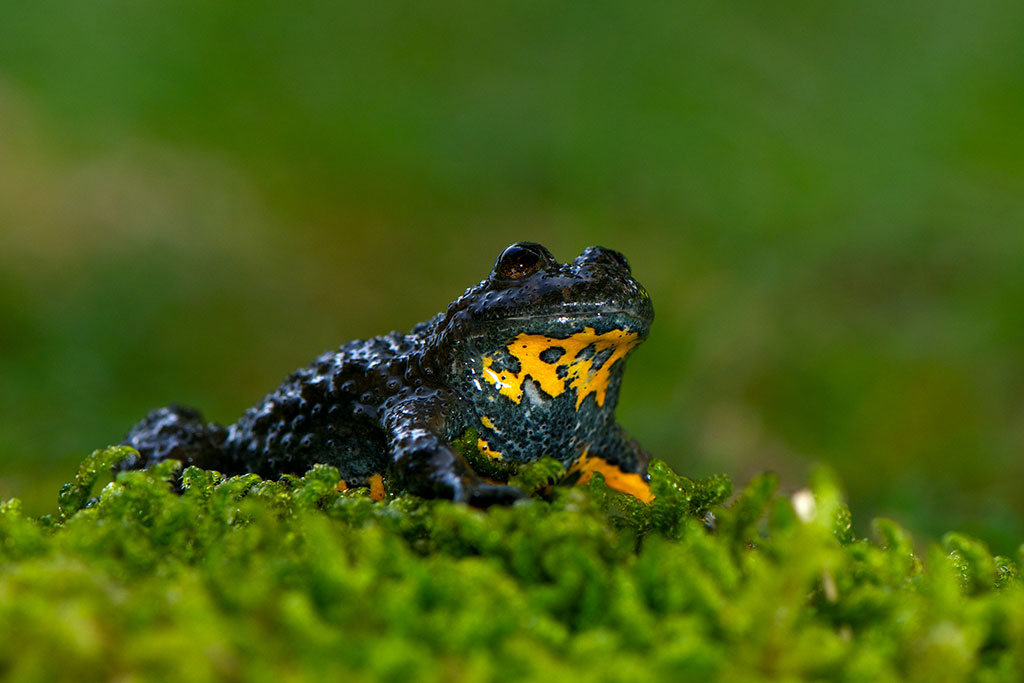
(Photo via iStock) The endangered yellow bellied toad is thriving at the site of the Nussloch quarry in Germany
Projects such as the SECIL-Outão plant are stand-out examples of successful and forward-thinking rehabilitation programmes that demonstrate how the cement industry has developed reclamation techniques for quarries that not only allow for a return of life in the quarried areas but an increase in biodiversity compared to before extraction began. These examples also show how the industry can continue to do so through future schemes.
Such models also show how business and biodiversity can work together with a common goal of being ecologically responsible at the same time as driving stakeholder value.
As Dr Jewell puts it, “Our sector is one of the only opportunities to change land into having a biodiversity after use. So much is being built on and so much land is being taken up for agricultural commercial forests that the percentage of land for nature is diminishing second by second. We really have the opportunity to take an agricultural field and turn it into a nature reserve.”
